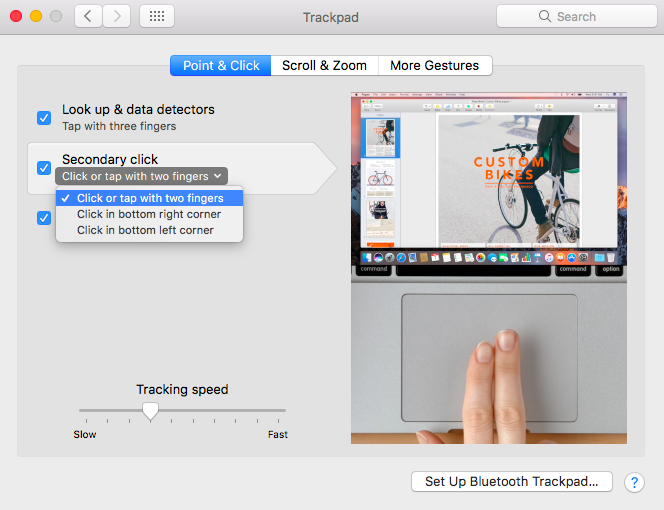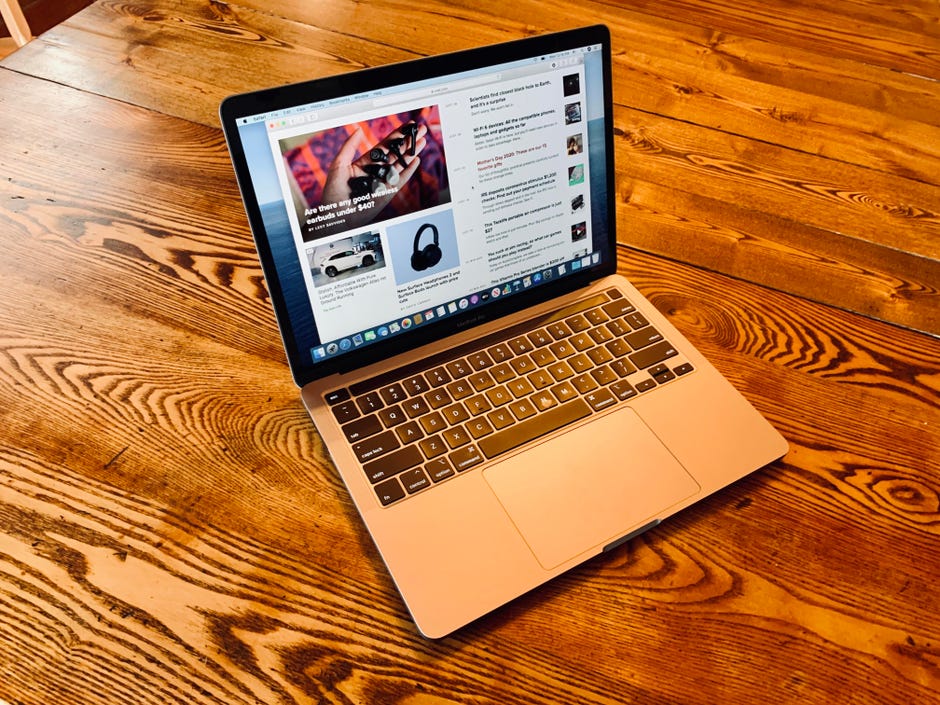
- #Auto clicker for mac 2015 for mac#
- #Auto clicker for mac 2015 software#
- #Auto clicker for mac 2015 password#
- #Auto clicker for mac 2015 professional#
- #Auto clicker for mac 2015 mac#
The downside of these methods is that players must not constantly use it to avoid causing any physical injuries. These methods are not easy to master and requires players to commit time and effort. Some of these techniques include jitter clicking, butterfly clicking and drag clicking.Īmong them, Jitter and Butterfly are the most common among gamers.
#Auto clicker for mac 2015 professional#
Most professional gamers that play clicking games use mouse slamming techniques to increase clicking speed instead of software. One can use these programs for fun and personal use.
#Auto clicker for mac 2015 software#
Auto clicking apps are ethical to a certain level, but for games played on a professional stage, this software is barred. Many of these programs not only stimulate mouse tapping but also automate several functions on the computer.īefore we discuss the best in market auto clickers for Mac, let us understand how a gamer’s life could be without such automated software. The reason for the rise in demand is due to the multi-purpose use of these auto clicking applications. Even though not many of those users might be gamers, there is increasing demand for auto clicker for macOS.
#Auto clicker for mac 2015 mac#
Reportedly there are over a hundred million active users of the Mac operating system. It is common knowledge that gamers mostly use Windows operating system, but the trend is slowly shifting. Also, many also use the software to automate clicks on web pages. Commonly, gamers leverage these auto clicking programs to avoid the cumbersome and tiring tasks in the game.
#Auto clicker for mac 2015 for mac#
Note that removing and adding back the user via fdesetup may be enough to solve the double-login issue central to this article.Auto clicker for mac is a piece of software that simulates real human clicks. You can find more info on that command in this old article by Topher from when CNET was useful (with extra info in the comments). You can add users to the list of authorized people in System Folders > Security & Privacy > FileVault > Enable Users…, but to remove them from the list you need to use the very powerful fdesetup command. Second: The users authorized to decrypt the FileVault volume don’t have to be administrators, nor do all Administrators necessarily have to be authorized to decrypt.
#Auto clicker for mac 2015 password#
(In most cases whenever you need administrative privileges you are given a chance to enter both the name and password of an administrator, so you will need to log into the admin account very rarely and the impact on your daily routine is minimal). That will limit the damage that can be done either by an accident or by malware only the files that you can modify without further authentication can be affected. That way, if you muck your user’s account to the point where you can no longer log into it, you can still log into the alternate admin and try to fix things from there.īetter yet, create the second admin and then demote your regular account. Two comments: First, it is always a good idea to have an alternate admin account configured on your system. Shut down your Mac, and then boot it up to test your login windowsĥ thoughts on “ Fix double login prompts on your Mac”.Log into your second admin account and re-enable admin status for your main account.Reboot your system for these changes to take effect, if prompted.Log into that account and demote your current account to Standard.Ensure an account other than yours is granted admin status.Go to the Users & Groups system preferences.

The first approach for fixing this issue requires you toggle your account’s administrator status, especially if you have multiple administrator accounts set up on your system (admin status in Yosemite automatically grants the ability to unlock your hard drive): This problem may also have happened when restoring from a backup, reinstalling Yosemite, changing and modifying user accounts, among other core system modifications. As part of Yosemite’s setup, you are encouraged to enable FileVault, so this feature may have been enabled by you somewhat in passing. This break in the login process may happen after upgrading your system, especially to Yosemite, where Apple converts your hard drive to a CoreStorage volume (a special volume-management setup that allows for encryption).


The problem here is that these credentials are not being passed to the OS, so the system will first ask for your username and password to unlock the disk, and then do so again to log into the system.


 0 kommentar(er)
0 kommentar(er)
